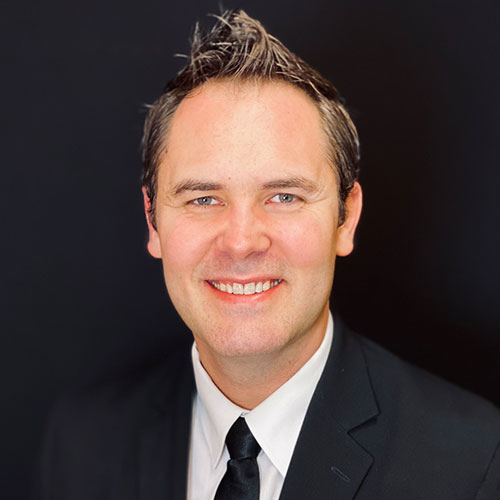

THERE ARE INCREDIBLE advancements in myopia management options for patients. Innovations in soft multifocal, orthokeratology (ortho-k), atropine drops, and spectacle lenses continue, providing more options to slow the rapid growth of childhood myopia.
Ortho-k continues to be a growing segment of contact lenses. In an article that recapped 2022 contact lens fitting and market penetration (Nichols and Fisher, 2023), Contact Lens Spectrum surveyed contact lens fitters and revealed that 17% of all rigid GP lenses prescribed were ortho-k. This was an increase of 70% from the prior year. The survey also revealed that 75% of the respondents were performing myopia management in some manner, with 75% having soft multifocals as their preferred method and 20% preferring ortho-k.
A CURRENT TREND
A trend over the past few decades has been that practitioners are not doing ortho-k in their offices because of how complicated it is and the amount of chair time involved, especially to maximize how the lens fits. Yet, surprisingly, the first-fit success rate is 80%, and success after only one lens change can increase that success to 95% (Davis et al, 2015).
The definition of success with ortho-k for myopia management may be nebulous. When it comes to patients wearing ortho-k for myopia management, are we saying that success means the patient has acceptable vision, a great-looking bull’s-eye pattern with fluorescein, an incredible topography differential map, or an optimal myopia slowing dose? Or do we need all of these to be successful?
Clinically, our main goal for myopic children is to slow the progression of their myopia. To achieve this, consider:
- Optimal myopia slowing dose
- Acceptable vision (this could be 20/20 for some patients and 20/30 for others)
- Optimized post-lens topography
- Great-looking bull’s-eye pattern
What is the best topography pattern for maximum myopia dose? In a retrospective study, it was found that smaller treatment zones and larger treatment zone decentration resulted in the least progression of myopia. It seems as if higher-order aberrations can help us slow myopia (Lau et al, 2020).
THE VERDICT
A review of our records shows that we’ve often seen patients who were doing well with excellent visual acuity in whom we’ve attempted to correct for a decentered topography (Figure 1), when in reality they are likely getting a better myopic treatment dosage.

That is not to say that we advocate for an intentional gross decentration of a lens for myopic children. But when a child comes in with a happy visual outcome, a decentered lens, and healthy cornea, a smile comes across our faces because we no longer need to waste the parents’ (or our) time on additional appointments for refitting. Instead, the child is getting a better myopic outcome, which is the very reason we are using lenses to treat them.
Perhaps the outcomes resulting from ortho-k for myopic children are much higher than 90% first-fit success when we consider even a decentered lens to be the idealnew normal.
REFERENCES
1. Nichols JJ, Fisher D. Contact Lenses 2022. Contract Lens Spectrum. 2023 Jan;20-22,24-26.
2. Davis RL, Eiden SB, Bennett ES, Koffler B, Wohl L, Lipson M. Stabilizing myopia by accelerating reshaping technique (SMART)-study three-year outcomes and overview. Adv Ophthalmol Vis Syst. 2015 Apr;2:92-98.
3. Lau JK, Vincent SJ, Cheung S-W, Cho P. Higher-order aberrations and axial elongation in myopic children treated with orthokeratology. Invest Ophthalmol Vis Sci. 2020 Feb;61:22.





